Religious and secular, modern and full of history, huge and welcoming, European and…Asian. Istanbul has in its antagonisms one of its biggest attractions and a good part of its mystery comes precisely from finding half of each continent. For those who have never been to Asia, Istanbul is an amuse-bouche of what the continent can offer and even without crossing the strait, since most points of interest are on European soil. But being in the city and not setting foot in that Asian piece is a judgment call.
And the interesting thing is that, on the other side of the Bosphorus, the city really has a different face, less touristy and more residential, where most of the neighborhoods are made up of people from the Turkish countryside, especially in Üsküdar. To reach the various points of this coast, you can take one of the ferries that leave the Eminönü pier regularly and make occasional crossings or one of the IDO ships (which also operate with ferries) that make the Bosphorus cruise, stopping at various points. on both sides of the strait.
One of the latter is the option to reach Anadolu Kavağı, a fishing village that is the last point of the strait before reaching the Black Sea. This is the only long stop on the boat, where you have time to eat and also visit the Byzantine castle, with its typical construction of stones interspersed with bricks (which can also be seen in the ruins of the walls around the city). Little remains of its structure and it doesn’t help that it’s not guarded: visitors climbing the ruins, stray dogs prowling the place and a general disregard for maintenance give the impression of abandonment.

However, the castle’s privileged position allows an unobstructed view of the mouth of the Bosphorus Strait into the Black Sea.
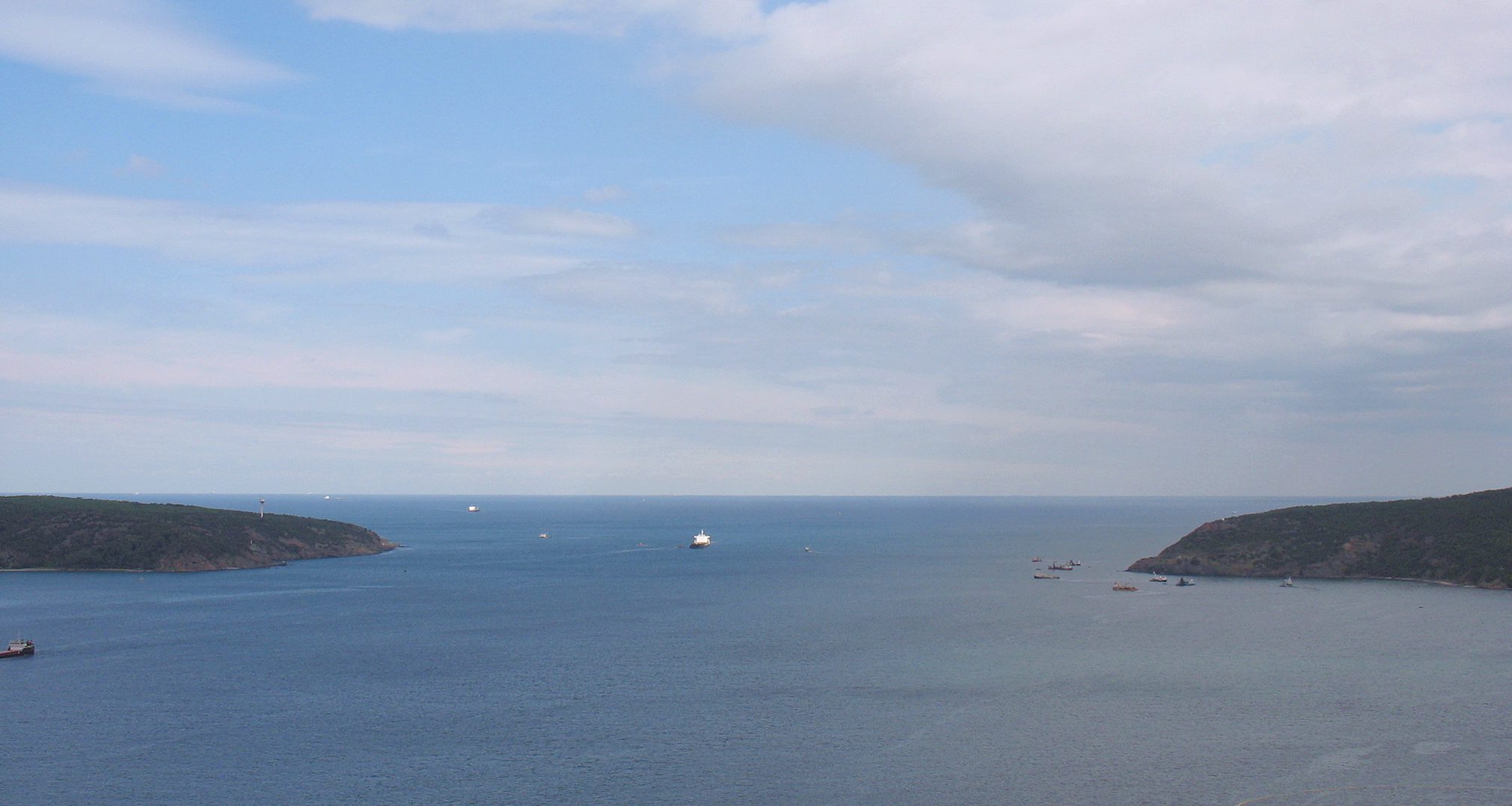
Perhaps this is a point of little interest for a tourist on his first visit to the city, but the fact is that much of Istanbul’s attraction is due to its strategic position, controlling the trade flow between Central Asia, Russia and the Caucasus countries. to the Mediterranean, including explosive oil, which comes from the Caspian Sea by pipeline and travels through the Black Sea to the rest of the world. For me, all the regions bathed by it have an irresistible appeal and, looking at the immensity that opened before me, I couldn’t stop my mind from traveling a little through Romania and Bulgaria, Russia, Georgia (and a little further , Armenia, Azerbaijan…)
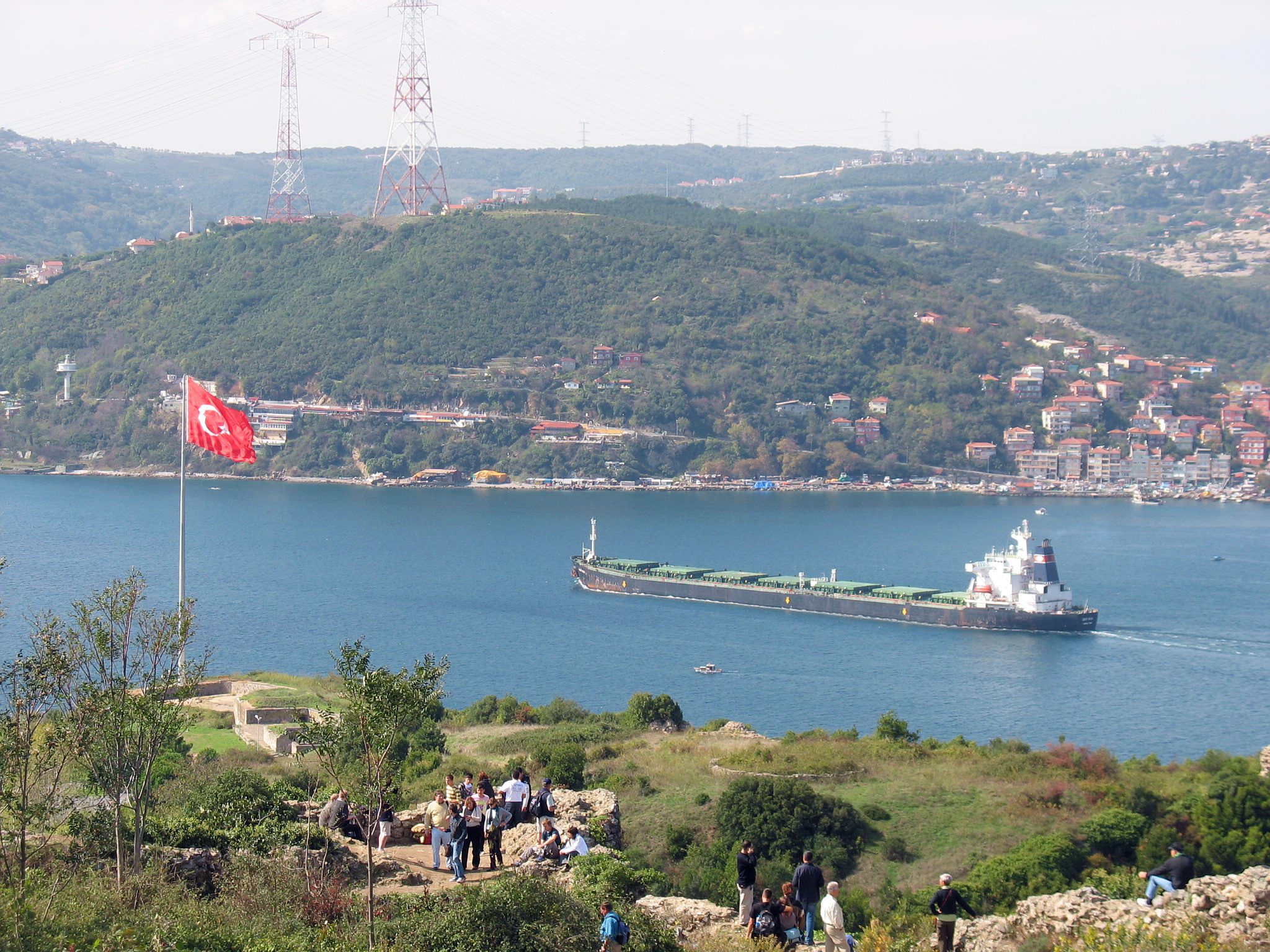
Due to its strategic importance, the entire region around the castle is under military occupation, and access to its beautiful beaches is prohibited. But nothing prevented ornithologists from settling on the hill, studying the migrations of birds in the region…
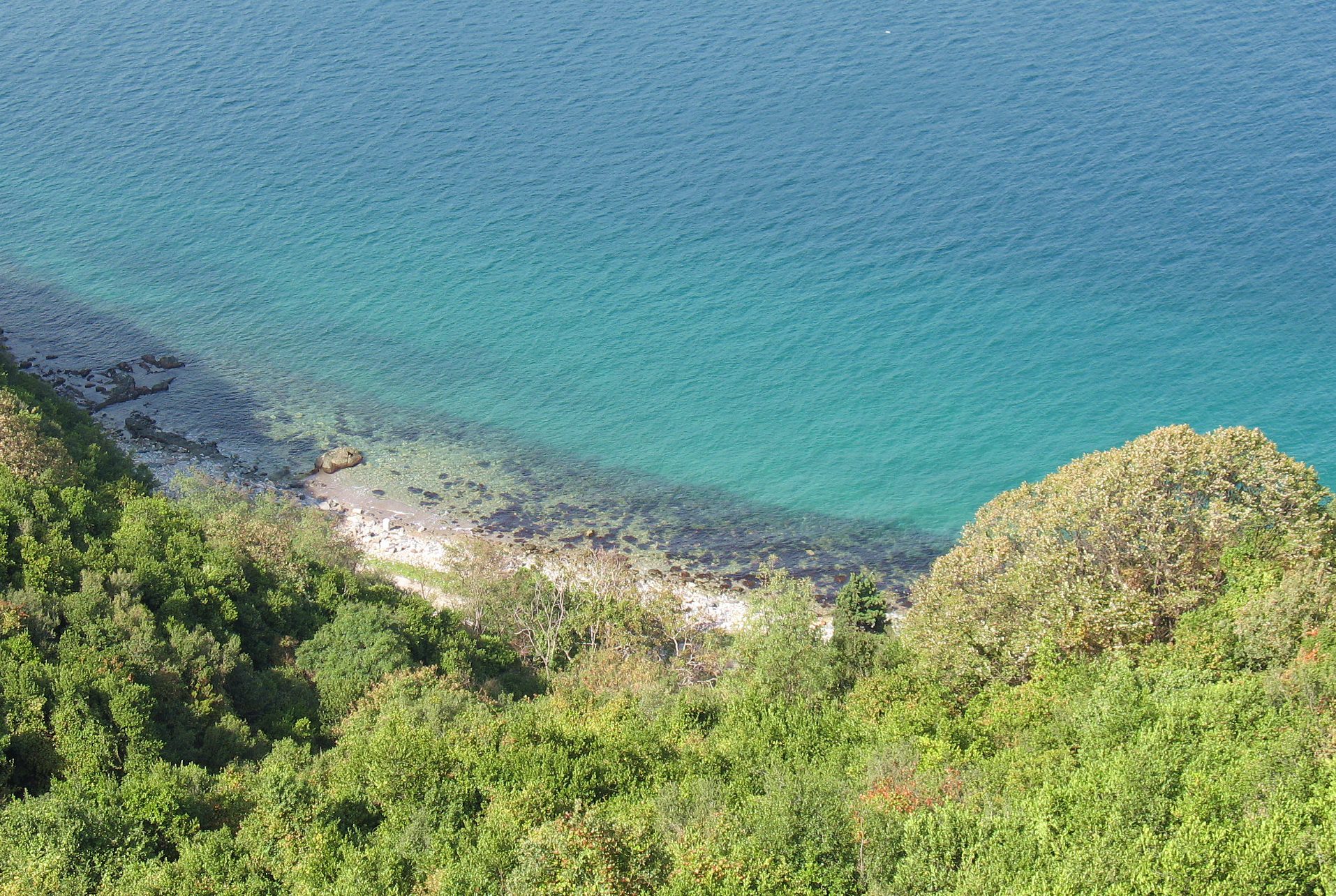
It is possible to return on the same boat or return by taxi or bus (line 15A), passing through the friendly village of Beykoz. A good alternative to the rustic Anadolu Kavağı restaurants (and full of tourist callers!) is the one in Hıdiv Kasrı, a palace belonging to the last hereditary ruler of Egypt, who used it as his summer residence.
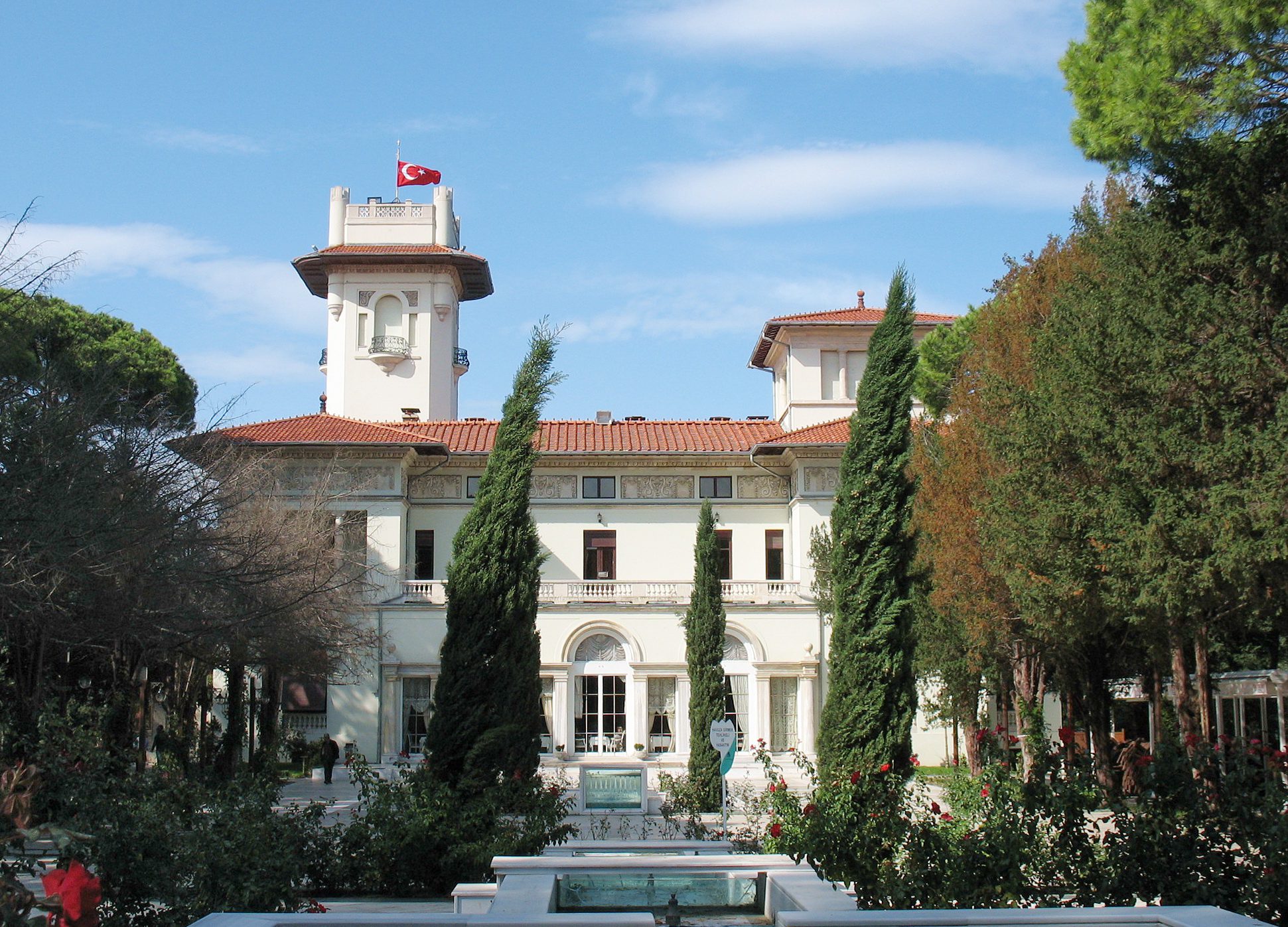
The place is stunning, starting with its extremely well-kept gardens and the beautiful view of the Bosphorus and the European side of the city. But what is really impressive is the palace itself, a sumptuous construction that mixes art nouveau and Ottoman decor and has been recently restored. The restaurant is beautiful and the food is delicious (only alcohol is not served).
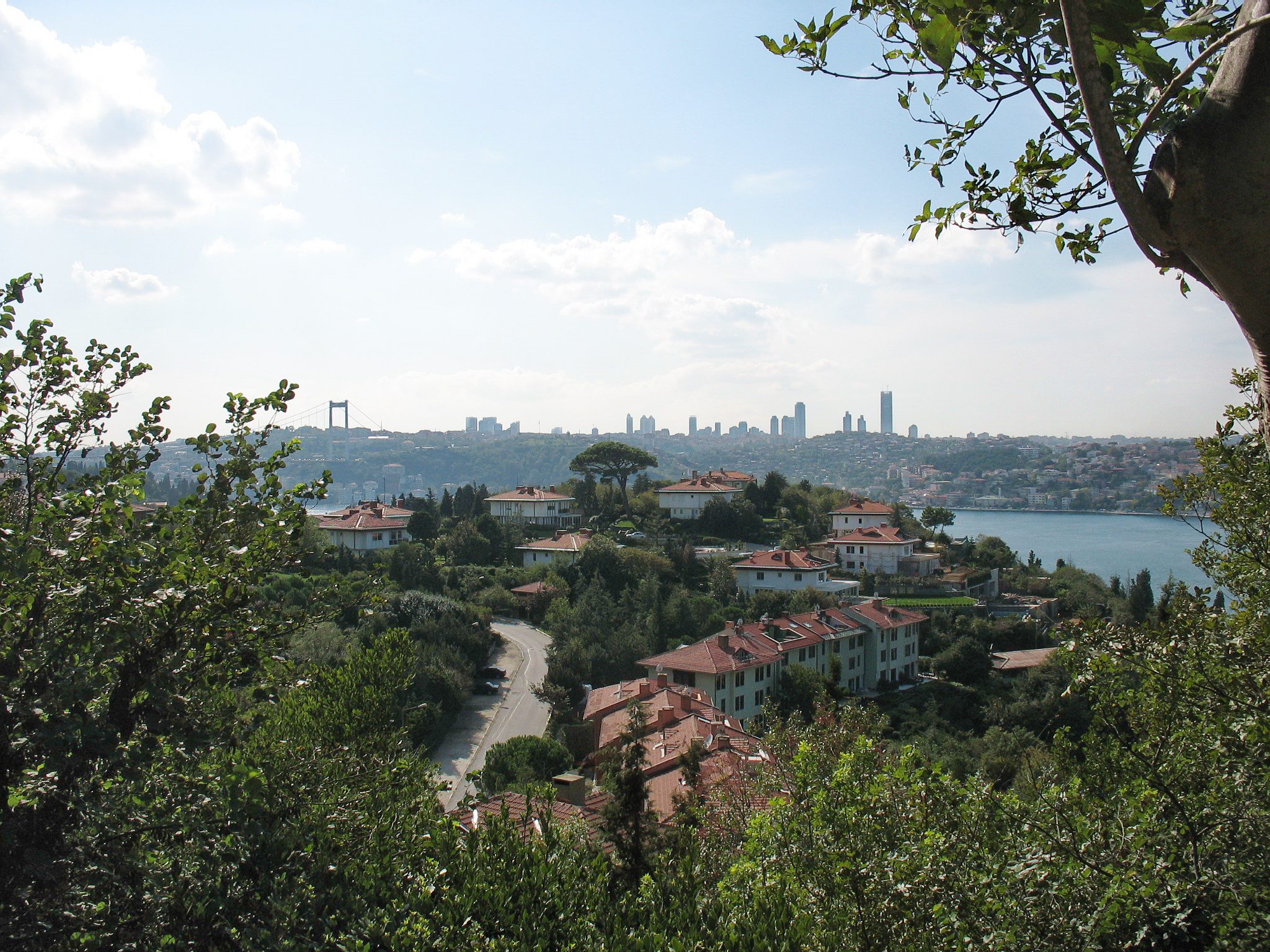
On second thought, the entire work is charming and asks for more time to walk through the gardens and relax. But there’s not much time left if you want to take the same boat that stayed at the first stop and you can stop at the village of Kanlica if you ask the dock worker to let the ship know. Well…he can stop just for you
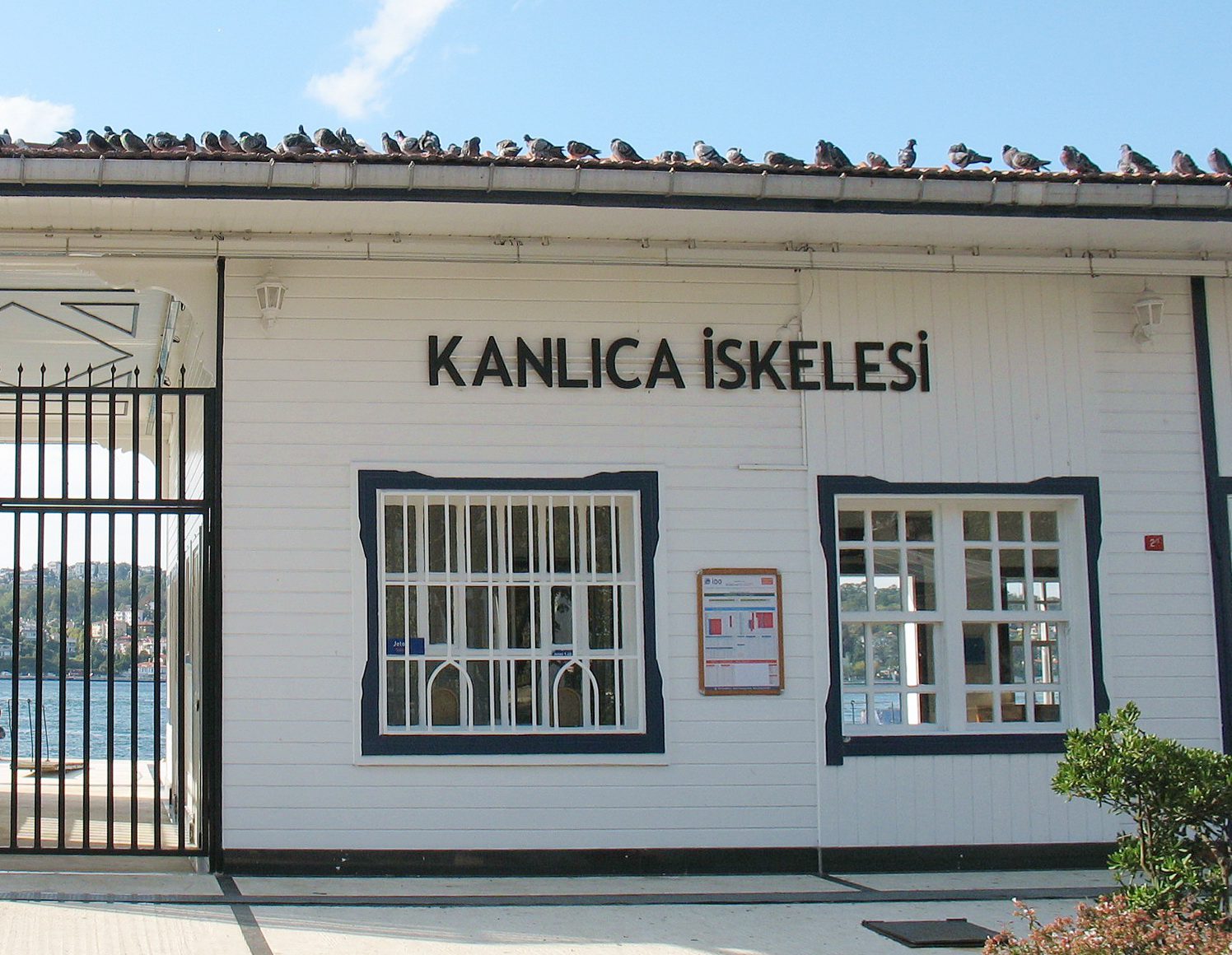
While waiting for the boat, a yogurt made in the village is always welcome, which is in serious competition with the delicious Greek yogurts. It is a great company in contemplating the sunshine on the water and the peaceful routine of Kanlica…
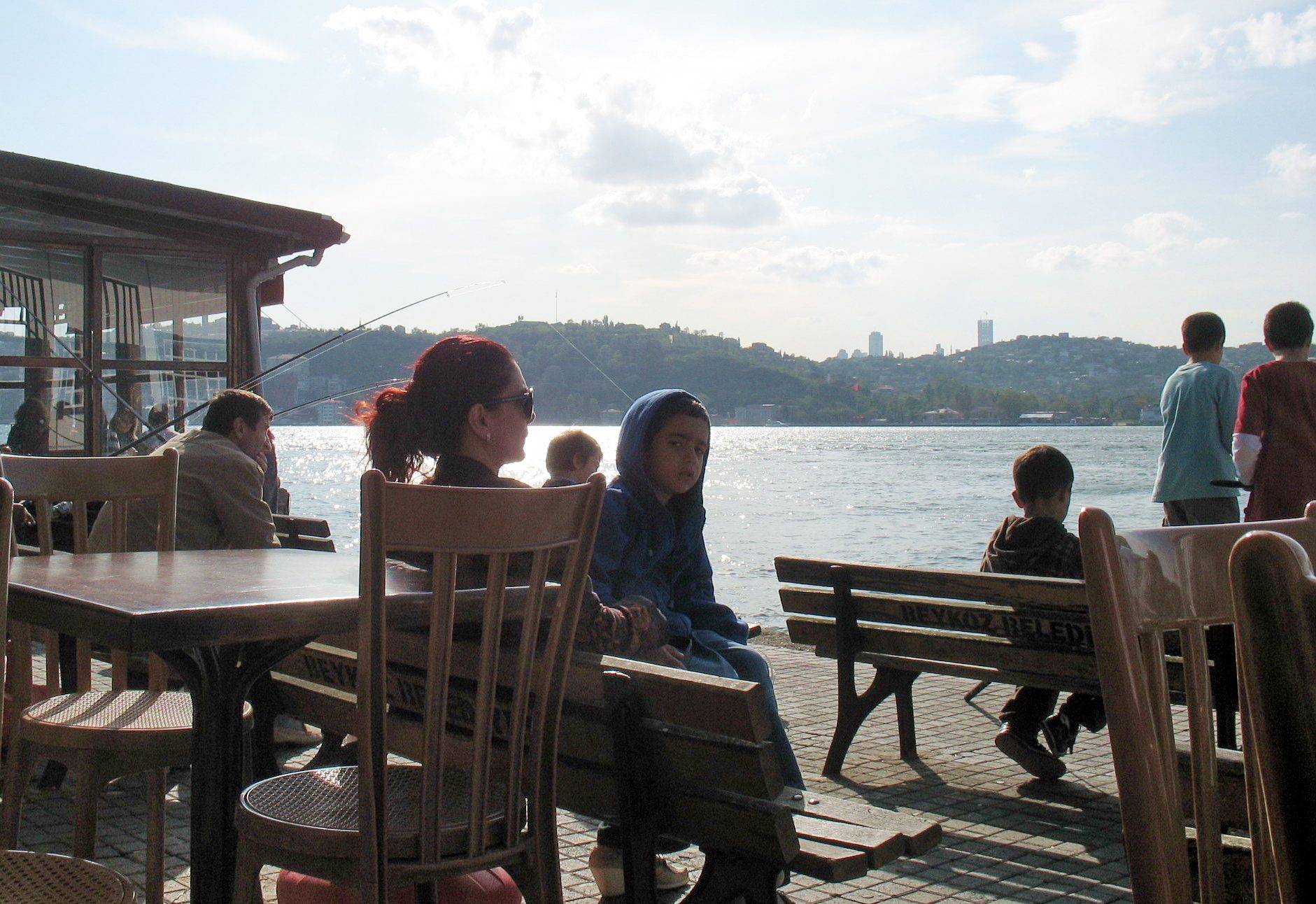
From here the boat heads to its final destination, Eminönü, with a final stop at the pier in Beşiktaş. Going down here is an alternative if the idea is to continue the journey by taking a ferry to Üsküdar, crossing the strait again to be practically at the mouth of the Bosphorus in the Sea of Marmara. The neighborhood is one of the oldest human occupations in the region, even before the foundation of Byzantium and today it is one of the least touristy places in the city and more down to earth, something close to what to expect in the daily life of the average Istanbulite. , who returns from work, goes shopping, goes to the mosque… It is also the place to watch the young people who gather at the water’s edge, in the interesting stands padded with colorful fabrics and pillows, chatting away in the late afternoon…
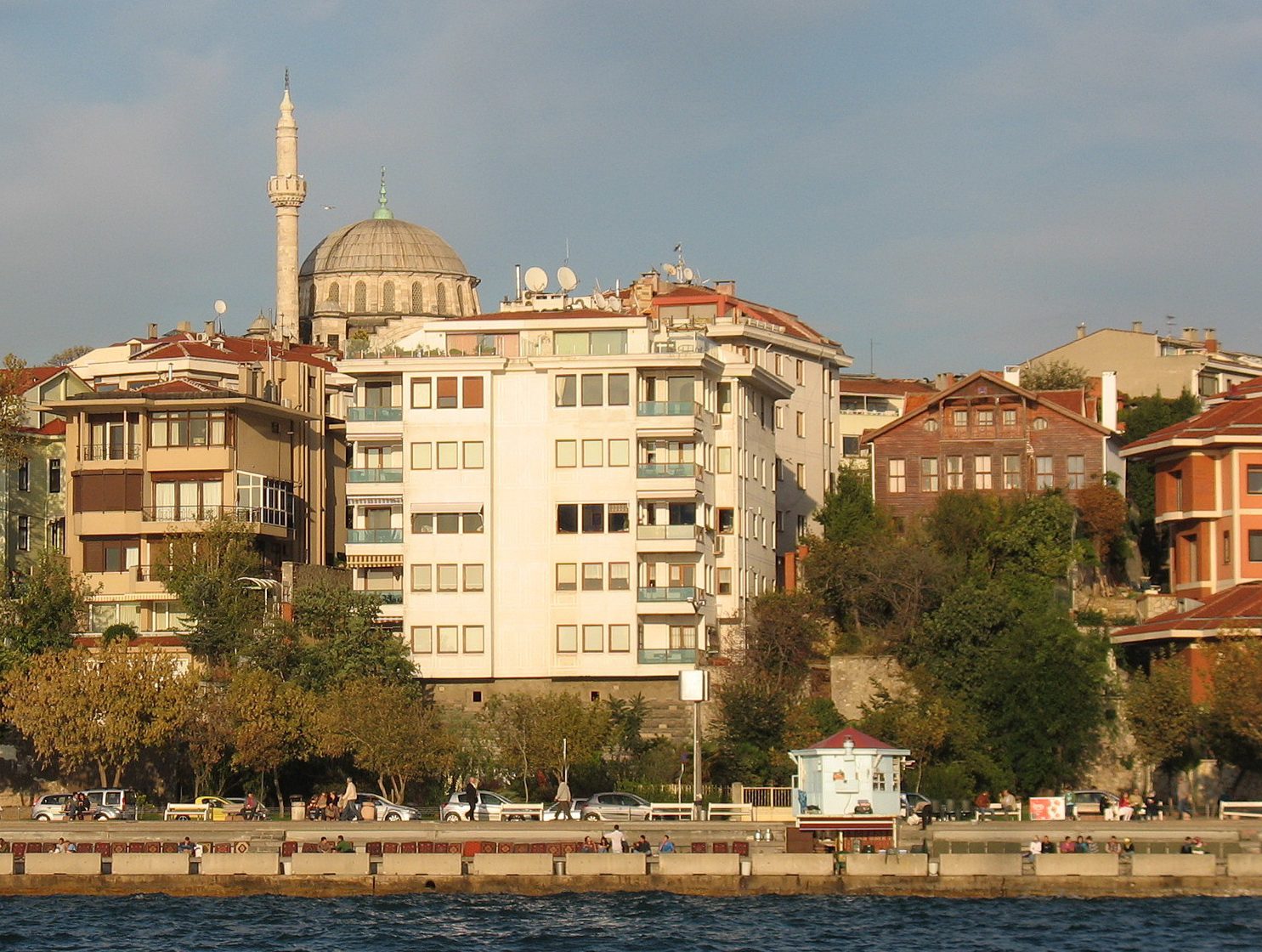
Here is also the boat that connects with Kız Kulesi , an 18th century tower on a small island between the shore at Üsküdar and Saray Burnu, the tip of the Sultanahmet peninsula.
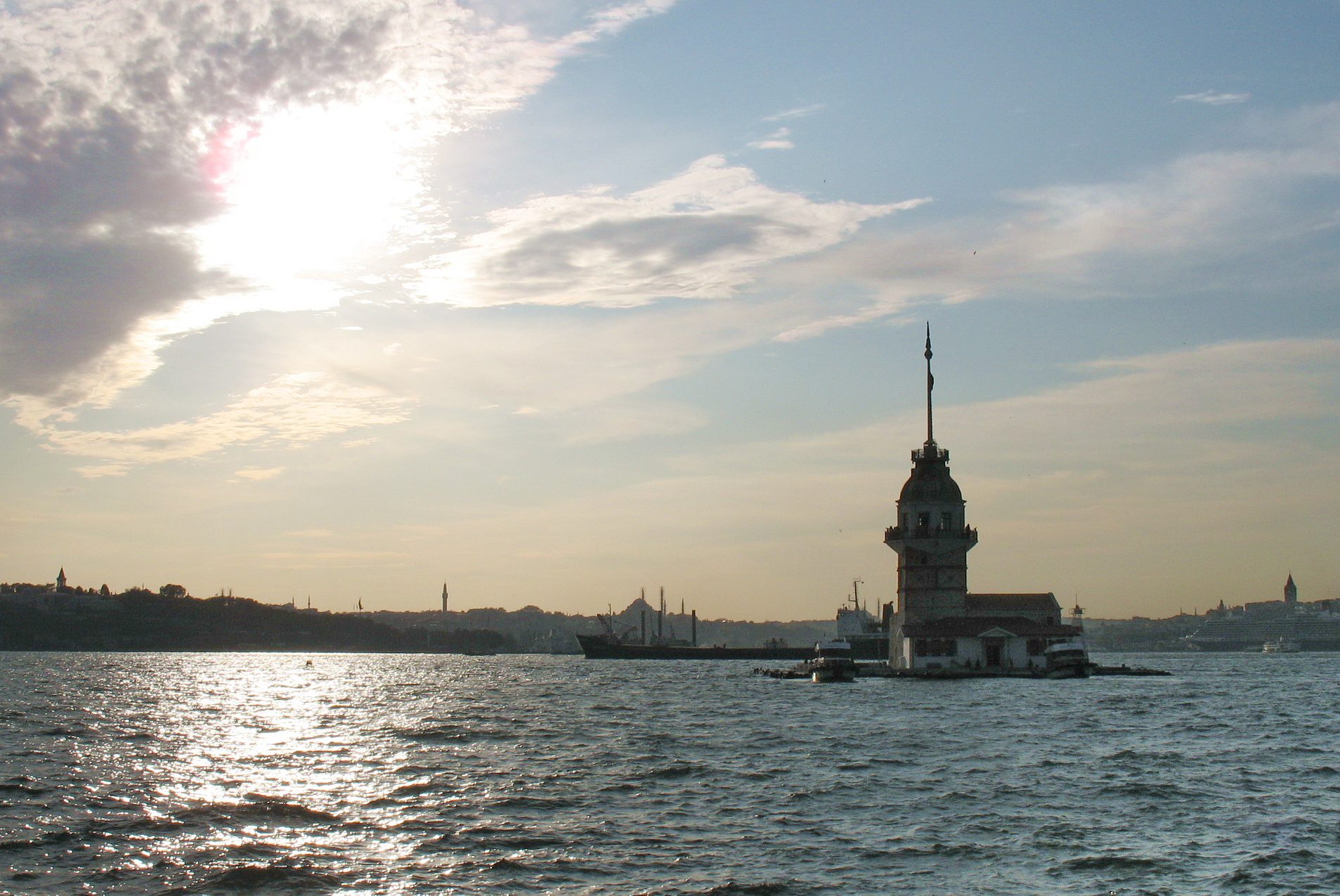
Since the ancient period there have always been lighthouses and toll controls by the location at the entrance (or exit?) of the Bosphorus. Even though a practical function was more than evident, many legends emerged in this little piece of land, among them the Greek myth of Hero and Leander: he crossed the strait every night to meet the priestess of Aphrodite, in the tower where she lived. As punishment for having lost her virginity, the goddess one day causes a storm and Hero sees Leandro drown, throwing himself from the tower then in despair. As we’ve said a few times here on this blog, the gods were really cruel. Anyway, even though scholars suggest that the most correct location of the myth was the Dardanelles Strait, further south, one of the names of the island remains Leander’s Tower.
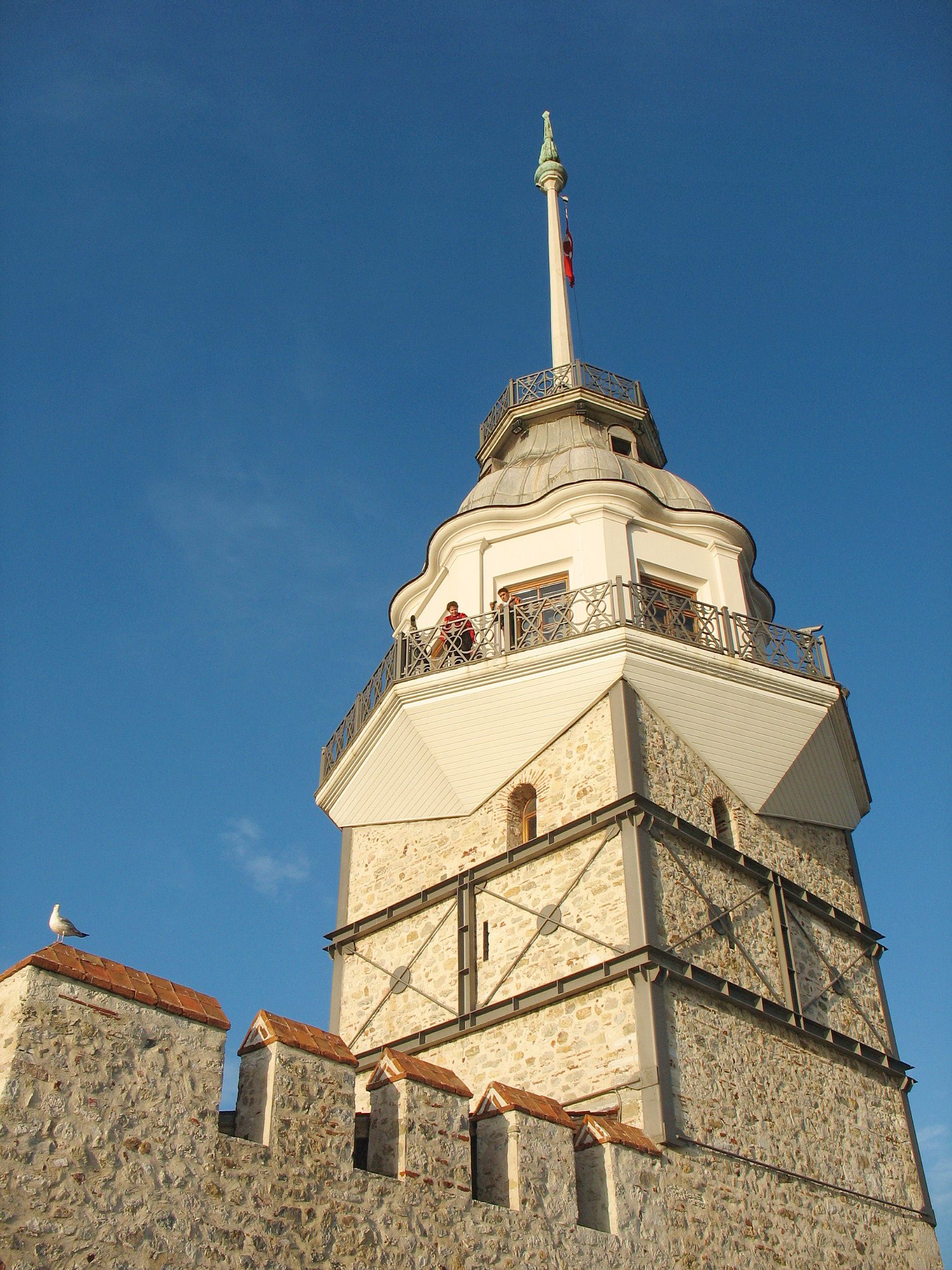
Another legend tells the story of a maiden whose oracle predicted her death by poisoning and her father locks her in the tower to prevent tragedy. But she receives a snake among fruits that a boatman offers (the fishermen in the photo below are innocent!) and she succumbs to the snake’s venom. (Oh, fairy tales just change their address, don’t they?) Then came another name of the place: Torre da Maiden, which remained until today and which is also the translation of its Turkish name.
But to be honest, what caught the curiosity for the first time was a 007, The World Is Not Enough, where Sophie Marceau and Robert Carlyle decide to blow up Istanbul to control the oil trade in the region. But just like Meteora, the location has nothing to do with the film’s settings, of course.
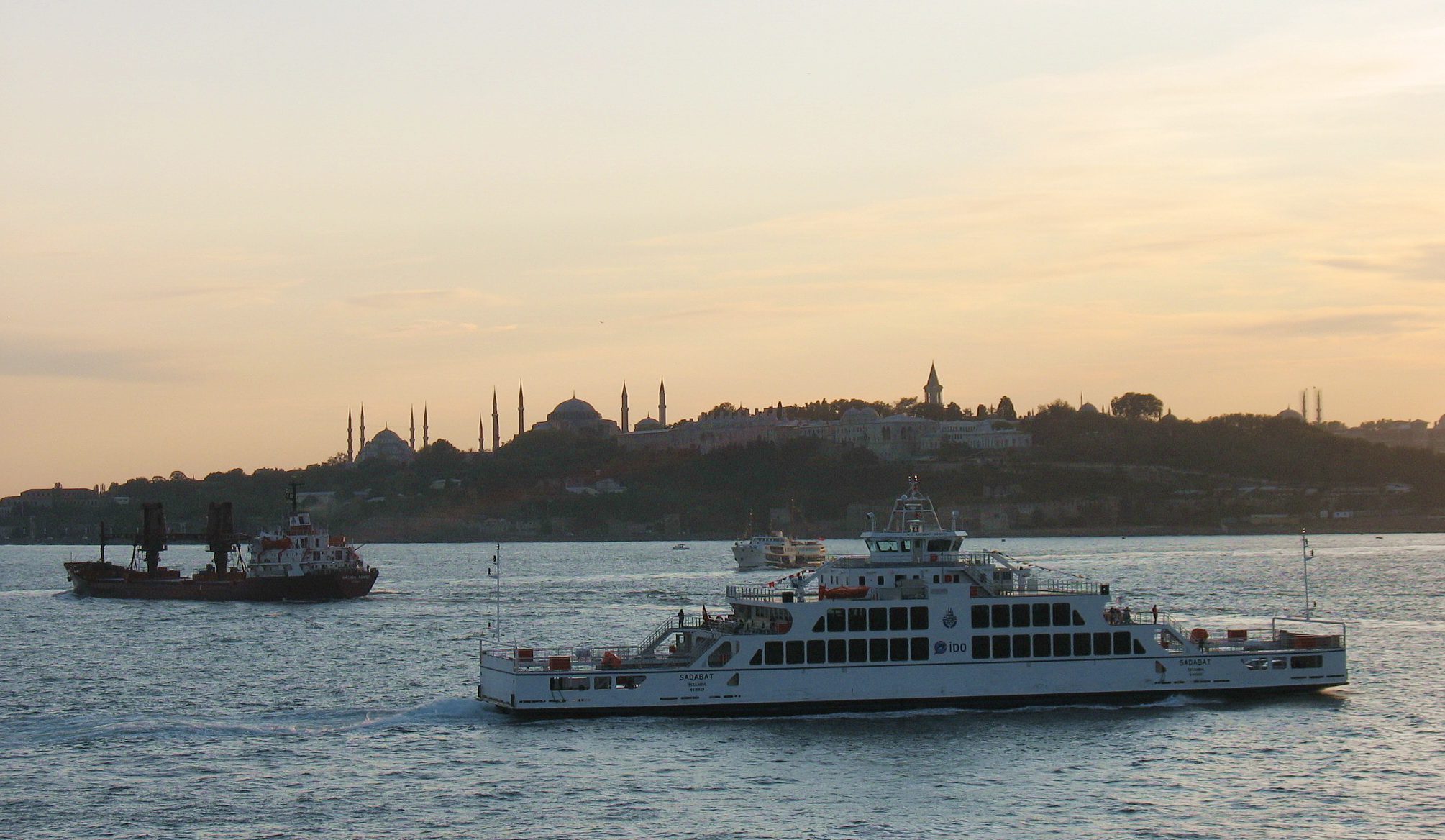
But this is far from a problem, as the tower’s main attraction is indeed a wonderful view of the sunset, turning Üsküdar golden and darkening Sultanahmet, which only reinforces its beautiful profile. The tower has a cafe on the top floor, where a cup of tea is the perfect accompaniment to rest your legs and eyes after a long day of exploring…














